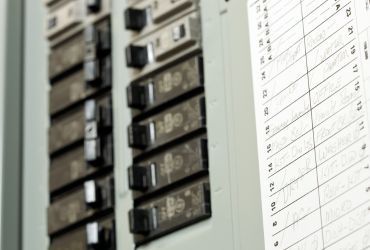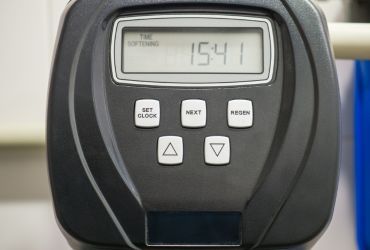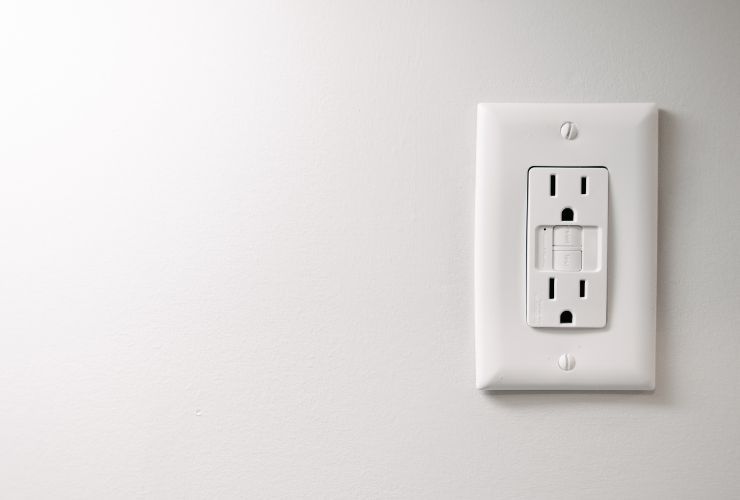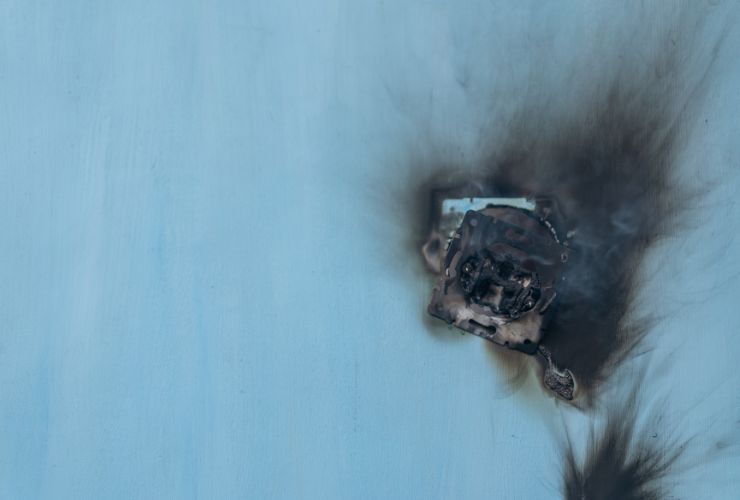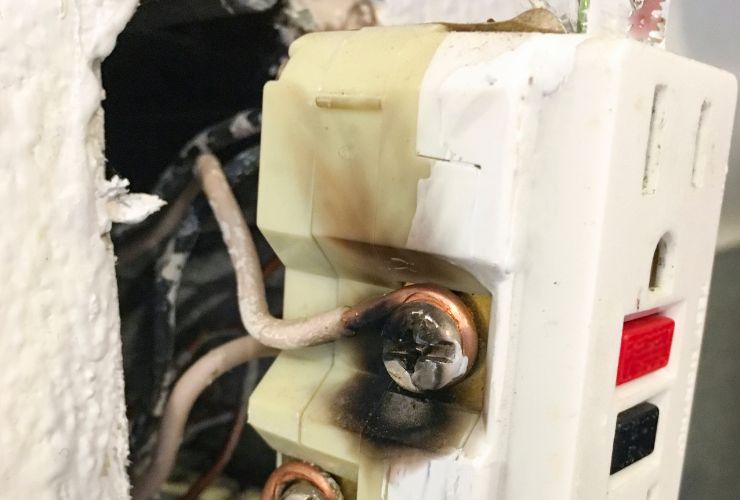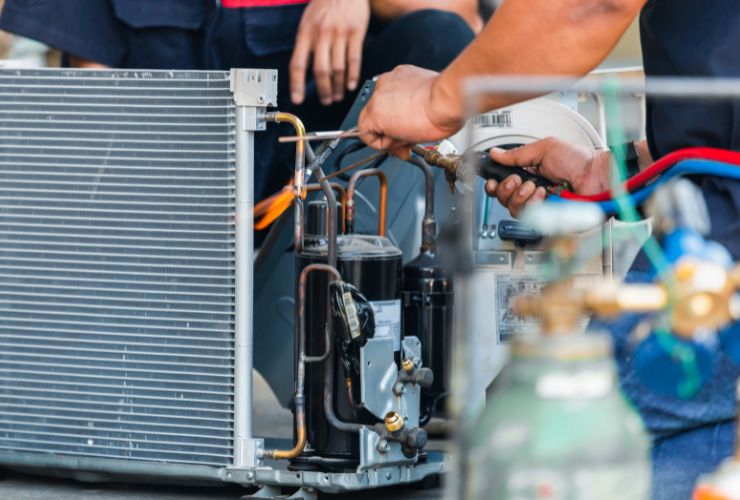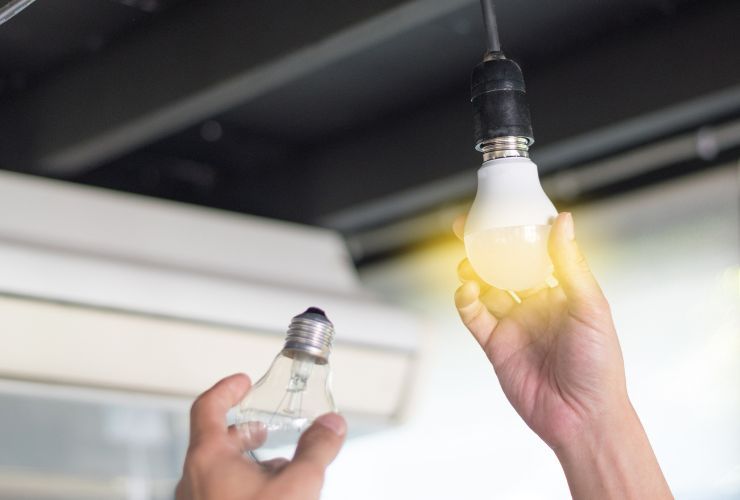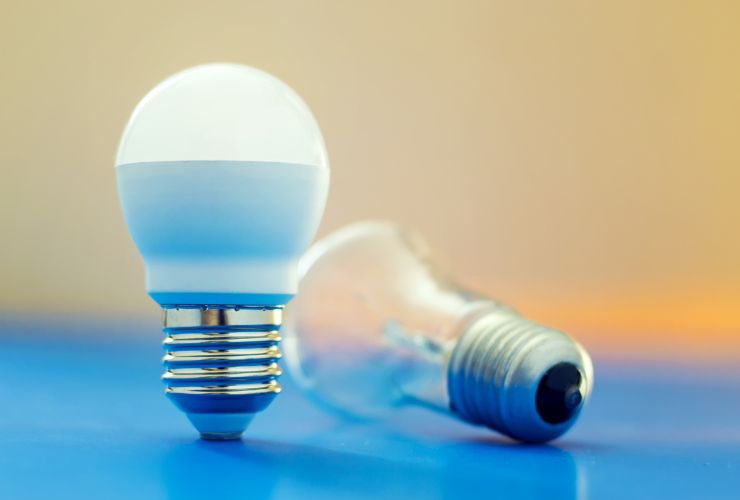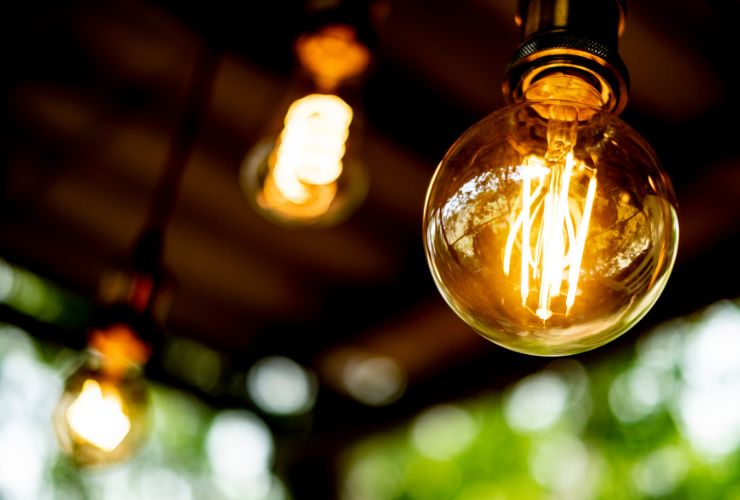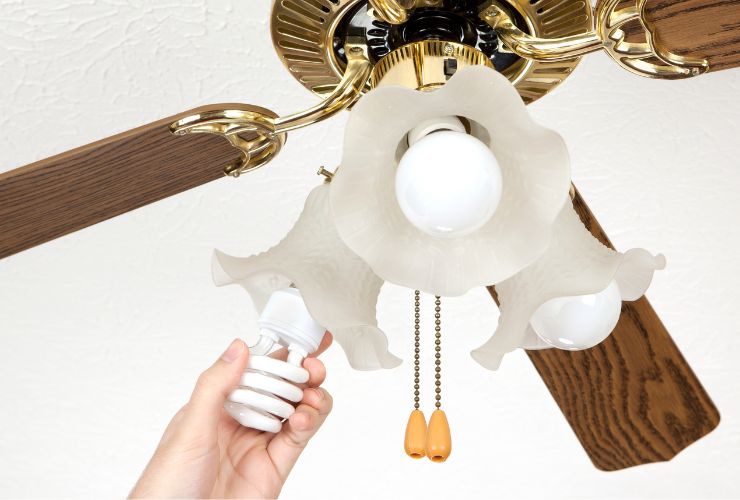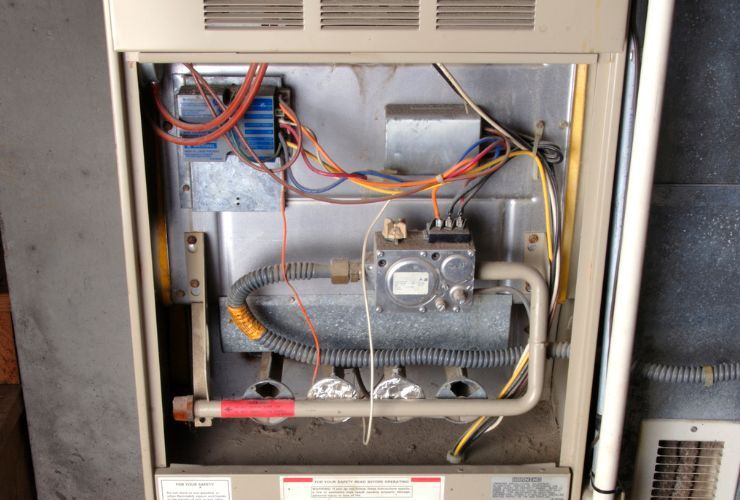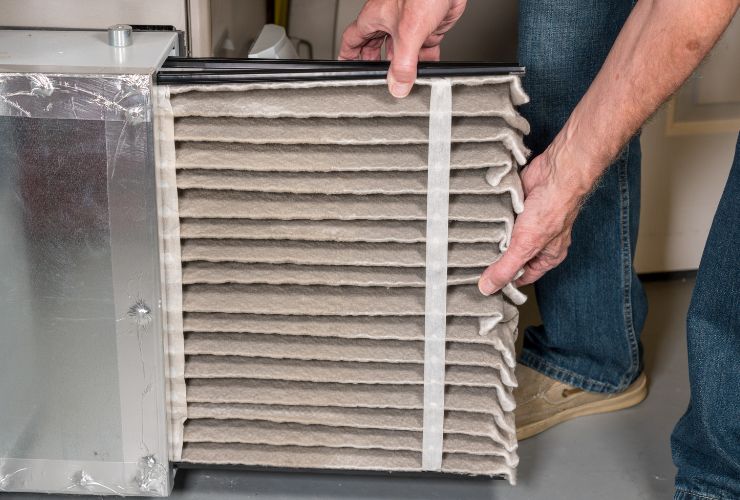The Safety Benefits of Upgrading Your Electrical Panel
TL;DR: Upgrading your electrical panel not only significantly reduces the risk of electrical fires and enhances overall safety by integrating modern circuit breakers designed to handle today’s electrical demands, but it also ensures your home is up-to-date with current electrical codes, improving system reliability.
Your electrical panel is one of the most critical component of your home’s electrical system that often goes unnoticed until an issue arises. The electrical panel, often referred to as the breaker box, is the heart of your home’s electrical system, distributing power throughout the house.
Upgrading your electrical panel is not just about keeping the lights on; it’s a vital safety measure that protects your home from potential electrical fires, prevents damage to appliances, and can significantly enhance your property value. This guide will walk you through the signs that indicate a need for an upgrade, the safety benefits of doing so, and answer frequently asked questions about the process. Whether you’re a long-time homeowner or have recently moved into an older property, understanding the critical role of your electrical panel in ensuring a safe and efficient power supply is essential.
Understanding Your Electrical Panel
Your home’s electrical panel, often known as the breaker box, is the central hub where electricity from the grid enters your home and is distributed to the various circuits that power different rooms and appliances. It’s equipped with safety devices like circuit breakers, which are designed to protect your home by automatically shutting off power to a circuit if it detects an overload or short circuit, preventing potential electrical fires.
Understanding your electrical panel is crucial, especially when considering an upgrade. Older homes, in particular, may have panels that are not equipped to handle the electrical demands of modern life, with its plethora of devices and appliances. Panels in older homes might still use fuses, which need to be replaced when they blow, unlike circuit breakers which simply need to be reset.
Furthermore, older panels may not offer the level of protection against electrical fires that newer models with arc fault circuit interrupters (AFCIs) and ground fault circuit interrupters (GFCIs) provide. Recognizing the limitations of your current electrical panel is the first step towards making an informed decision about an upgrade, ensuring your home’s electrical system can safely meet your current and future needs.
Safety Benefits of Upgrading Your Electrical Panel
The decision to upgrade your electrical panel is not just a matter of enhancing your home’s power capacity; it’s a critical investment in the safety and security of your living environment. Upgrading brings with it a host of safety benefits that mitigate risks associated with outdated electrical systems. Here’s how a modern electrical panel can make your home safer:
- Enhanced Protection Against Electrical Fires: Modern electrical panels include safety innovations like arc fault circuit interrupters (AFCIs) that significantly reduce the risk of electrical fires by detecting and interrupting dangerous electrical arcs.
- Prevention of Overloading and Short Circuits: Upgraded panels are designed to manage electricity distribution more efficiently, preventing the risks associated with overloading and short circuits. This is achieved through adequate circuit distribution that matches your home’s electrical demand and improved wiring and breaker technology that handles higher loads safely.
- Compliance with Current Electrical Codes: An upgrade brings your electrical system up to date with the latest safety standards including mandatory inclusion of ground fault circuit interrupters (GFCIs) in wet areas of the home to prevent electric shock and ensuring that your electrical system meets current safety regulations.
- Integration of Modern Safety Features: New panels come equipped with features that older systems lack, such as AFCIs to protect against fires caused by electrical arcs, a common hazard in older systems.
- Future-Proofing Your Home: By upgrading, you’re not only addressing current safety concerns but also preparing your home for future electrical demands. This includes the ability to add more circuits for renovations or new appliances and adapting to technological advances with a system capable of supporting the latest in home automation and energy management.
How to Know When It’s Time for an Upgrade
Determining the right time to upgrade your electrical panel is crucial for ensuring the safety, functionality, and efficiency of your home’s electrical system. Ignoring the signs that your panel is outdated or inadequate can lead to serious safety risks, including electrical fires. Here are the key indicators that signal it’s time to consider an upgrade:
- Frequent Tripping of Circuit Breakers: Regular tripping indicates that your panel cannot handle your home’s electrical load, posing a risk of overheating and potential fires.
- Use of Extension Cords as Permanent Solutions: Over-reliance on extension cords and power strips signifies a lack of sufficient outlets, hinting at an outdated electrical system that needs an upgrade.
- Dimming or Flickering Lights: If your lights dim or flicker when appliances are used, it suggests that your panel is unable to adequately distribute power across your home.
- Outdated Panel Technology: Homes with fuse boxes or panels that haven’t been updated in over 25 years are likely not equipped to meet current electrical demands, making an upgrade essential.
- Planning Major Renovations or Adding Appliances: Any significant addition or change in your home’s electrical needs, such as adding high-powered appliances or undertaking major renovations, often requires an upgraded panel to support the increased load.
- Visible Signs of Panel Deterioration: Physical indications of panel wear, like rust, corrosion, or burn marks, signal a compromised system that could fail at any time.
- Absence of GFCIs in Necessary Areas: Modern electrical safety standards mandate GFCI outlets in moisture-prone areas. If your panel cannot support GFCIs, it’s a sign that an upgrade is overdue.
- Expansion of Living Space: Adding more rooms or significant electrical installations, such as home theaters, hot tubs, or EV charging stations, typically necessitates a more robust electrical panel.
- Insurance and Code Compliance Issues: An outdated electrical system can affect your home insurance policies, premiums, and compliance with current electrical codes, impacting both safety and resale value.
Acknowledging these signs and acting promptly by consulting a licensed electrician can help you avoid the risks associated with an outdated or inadequate electrical panel. An upgrade not only ensures your home meets current safety standards but also prepares it for future electrical demands, enhancing both your home’s value and your peace of mind.
The Importance of Professional Electrical Panel Services When Upgrading
When it comes to upgrading your home’s electrical panel, the importance of enlisting professional electrical panel services cannot be overstated. This is not merely a recommendation; it’s a necessity for ensuring the safety, compliance, and efficiency of the upgrade process.
Electrical work, particularly something as complex and critical as an electrical panel upgrade, involves specific technical knowledge, experience, and adherence to stringent safety codes and standards. Licensed electricians are equipped with the expertise to assess your home’s electrical needs accurately, recommend the appropriate panel capacity, and ensure that the installation is performed correctly and safely. They understand the intricacies of local building codes and can navigate the permitting process, ensuring that your upgrade meets all legal and safety requirements.
Furthermore, professional electricians bring a level of precision and accountability to the project that DIY efforts cannot match. They can identify potential issues that may not be apparent to the untrained eye, such as outdated wiring or additional upgrades that might be necessary to support the new panel. This proactive approach helps prevent future problems, ensuring that your electrical system is not only up to current standards but also prepared to handle future demands.
Additionally, many professional services offer warranties on their work, providing homeowners with peace of mind knowing that their investment is protected. In essence, hiring professional electrical panel services guarantees that the upgrade process is conducted efficiently, effectively, and safely, minimizing risks and maximizing the performance of your home’s electrical system.
Professional Electrician Near You For Electrical Panel Services
In conclusion, upgrading your electrical panel is a crucial step toward ensuring the safety, efficiency, and future readiness of your home’s electrical system. It’s not just about meeting current needs but also about anticipating future demands and safeguarding against potential hazards. Recognizing the signs that it’s time for an upgrade and understanding the importance of professional electrical services are pivotal in navigating this process. By investing in a modern electrical panel, you’re not only enhancing the safety and functionality of your home but also increasing its value and compliance with electrical codes.
Looking for a trusted and professional electrical service in Tucson, AZ? Look no further than Cummings Plumbing, Heating, Cooling, and Electrical. With years of experience and a reputation for excellence, Cummings offers comprehensive electrical panel upgrades and services tailored to meet the unique needs of your home.
Our team of licensed electricians is equipped with the latest tools and knowledge to ensure your project is completed safely, efficiently, and in compliance with local codes. Whether you’re looking to upgrade your outdated electrical panel, enhance your home’s safety, or prepare for future electrical demands, Cummings Plumbing, Heating, Cooling, and Electrical is your go-to solution in Tucson, AZ.
Frequently Asked Questions About Electrical Panels
Can an electrical panel upgrade really increase my home’s value?
Yes, upgrading your electrical panel can increase your home’s value. A modern, up-to-code electrical system is a significant selling point for potential buyers. It indicates that the home is safe, can accommodate modern electrical demands, and reduces the likelihood of future electrical problems, making your home more attractive and potentially increasing its market value.
How do I know if my electrical panel needs to be upgraded to a higher amperage?
ou might need an upgrade to a higher amperage if your current panel cannot support the electrical demand of your household appliances and devices, if you’re adding new appliances, or planning a home renovation that includes additional electrical fixtures. Signs include your circuit breakers tripping frequently or if you’re using a lot of power strips and extension cords because you don’t have enough outlets. Consulting with a licensed electrician can help determine if an amperage upgrade is necessary for your home.
How long does it take to upgrade an electrical panel?
The duration of an electrical panel upgrade can vary widely depending on several factors, including the complexity of the upgrade, the condition of the existing electrical system, and whether new wiring or additional circuits are required. Typically, a straightforward panel upgrade, where the new panel is of the same type and capacity as the old one, can be completed within 4 to 8 hours. However, if the upgrade involves increasing the panel’s capacity, adding new circuits, or extensive rewiring, it could take a full day or possibly longer. It’s best to consult with a licensed electrician who can assess the specific needs of your home.

